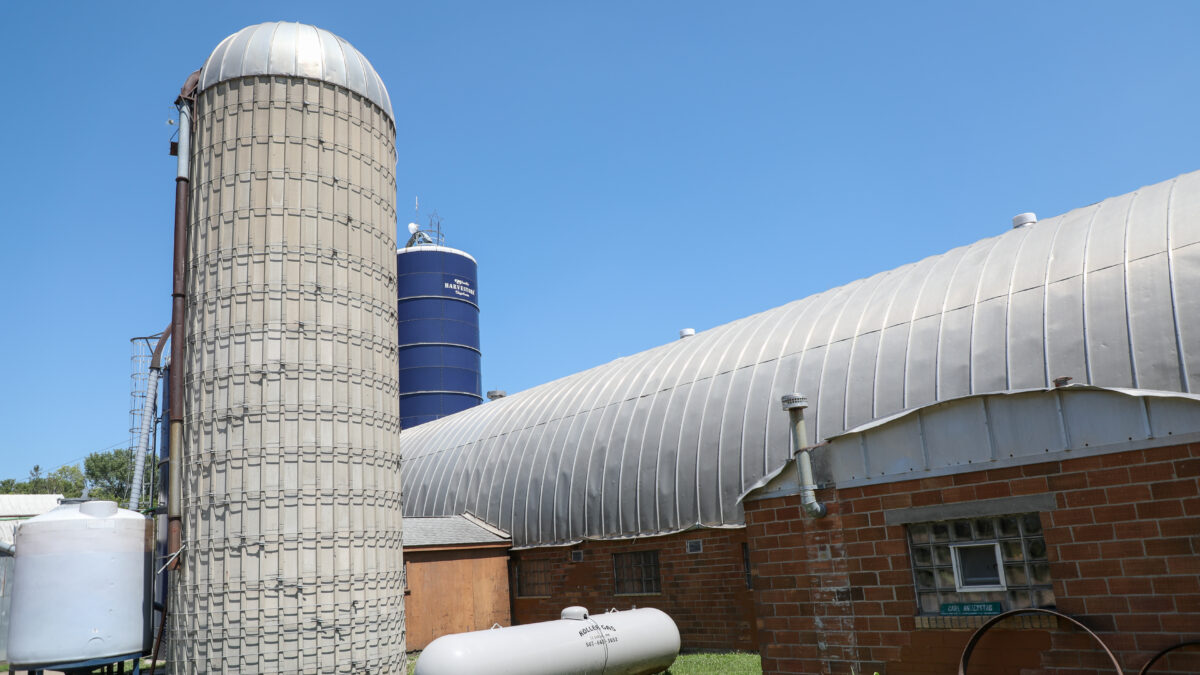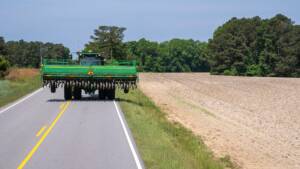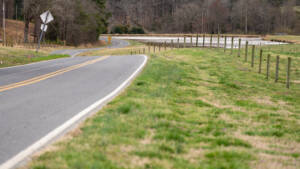2018 Farm Bill Paves the Way for Rural Infrastructure Projects
TOPICS
InfrastructureZippy Duvall
President

photo credit: Right Eye Digital, Used with Permission
Zippy Duvall
President
There is truly no better place to live and raise a family than rural America. If we’re going to keep our rural communities going strong for our children and grandchildren, however, we must have infrastructure improvements that support agriculture and connect all rural Americans to the tools and services they need to thrive.
In the past, our rural communities have been left in the dust by spending projects that focused improvements on urban and suburban areas. Meanwhile, our bridges, locks, dams, highways and railways have deteriorated. This creates a real threat to the health of our communities and to U.S. agriculture’s position as a world leader. If we can’t find an efficient, reliable way to get our crops to market, someone else will. And it’s not just our farm businesses that rely on rural infrastructure but our local communities and the millions of jobs across rural and urban America that agriculture supports. That’s why we’re so excited about the potential for infrastructure improvements that the President and Congress have called for, and we are grateful this administration has made strengthening all regions of the country a priority.
30 percent of rural Americans are still without access to broadband—compared to just 2 percent of urban Americans.
At Farm Bureau, we believe our lawmakers can find common ground when it comes to strengthening our rural economy and communities. We can look to the 2018 farm bill as an example of just that, and we are optimistic that rural infrastructure repair and improvements can bring that same spirit of bipartisanship for the good of all Americans. The 2018 farm bill took important steps for rural infrastructure by making rural development projects and broadband a priority.
Just this month, the White House released the American Broadband Initiative report, which fulfilled a farm bill requirement. The report from the task force led by Agriculture Secretary Perdue and Commerce Secretary Ross gave recommendations for streamlining the permitting process, using federal assets to lower cost for projects, and making the most of federal dollars at work on broadband expansion. The report also recommends using data from the National Telecommunications and Information Administration to create more accurate maps to show where broadband access is still limited or lacking. With limited funding and overwhelming need, more detailed and accurate maps are critical to successfully target and distribute federal broadband programs.
Farmers and ranchers can’t make the most of exciting new precision ag tools or connect with customers without the most basic broadband speeds. Yet, 30 percent of rural Americans are still without access to broadband—compared to just 2 percent of urban Americans. This is unacceptable for doing business and building strong communities. But the digital divide still exists out in rural America because of how expensive it is for companies to build their networks in areas where they will have fewer customers. That’s where the farm bill comes in, prioritizing funding for telecommunications projects that will have the most impact on rural areas and creating incentives for companies to expand in rural areas. The 2018 farm bill also gives USDA flexibility to issue loans for critical “middle-mile” projects, which build virtual bridges from telecom hubs to rural customers, and includes the “Precision Agriculture Connectivity” provision that creates a task force to focus on the broadband connectivity and technology needs of precision agriculture.
Thanks to the 2018 farm bill and the administration’s commitment to strengthening rural America, we are well on our way to bridging the digital divide in our country and boosting our rural economy. Together, we can ensure that rural America is a place of great opportunity for all and a place our children and grandchildren will be proud to continue to call home.
Zippy Duvall
President
Vincent “Zippy” Duvall, a poultry, cattle and hay producer from Greene County, Georgia, is the 12th president of the American Farm Bureau Federation.
Trending Topics
VIEW ALL

